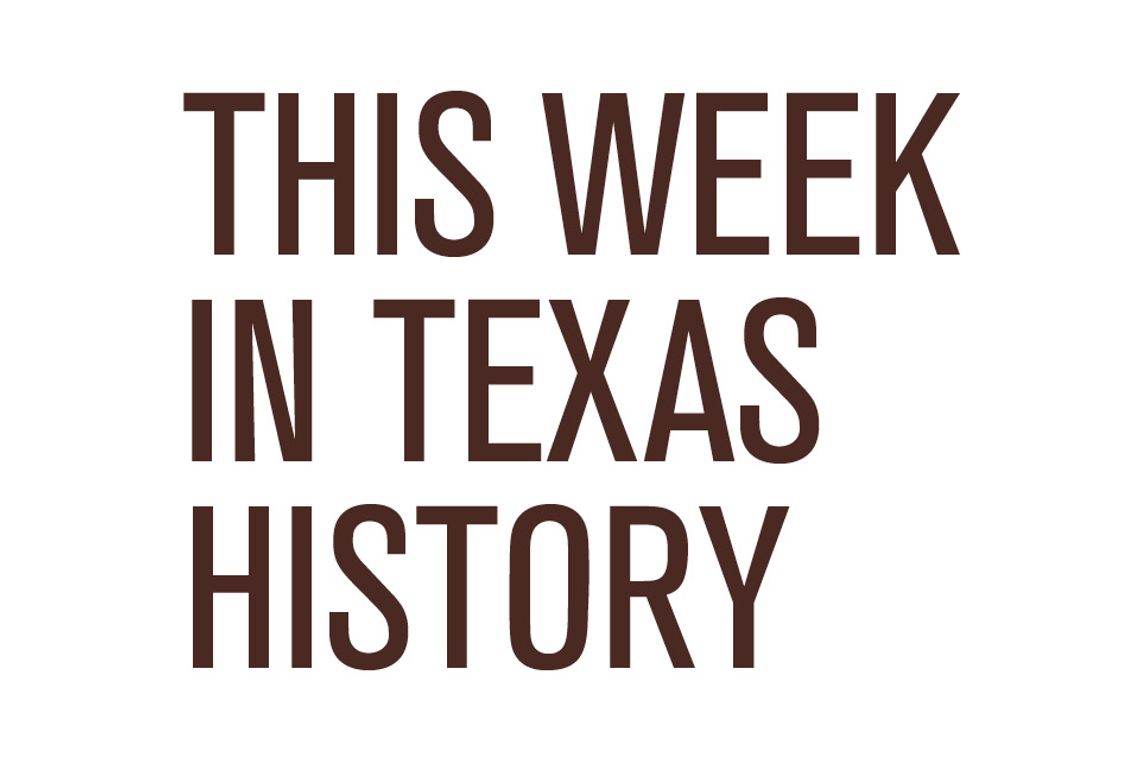Twenty-three minutes into the short hop from Houston’s Hobby Airport to Dallas Love Field on May 3, 1968, Braniff Flight 352 carrying 85 passengers and crew broke up in a thunderstorm and crashed near the Navarro County community of Dawson.
Nine years earlier, another Braniff turbo-prop flying the same route also disintegrated in mid-air raining wreckage and human remains down on the quiet countryside near Buffalo in Leon County. A mere 50 miles separated the sites of the two deadly aviation disasters.
With a total of 85 fatalities compared to the 34 of the Buffalo crash, removal and warehousing of the dead presented a much bigger challenge in Dawson. Hundreds of volunteers from every agency imaginable plus another influx of troops inundated the stricken community.
Braniff 542 was a Lockheed L-188 Electra that had been in service only 11 days. Although the two pilots and flight engineer had recently trained on the new four-engine aircraft with a $2.1 million price tag, they had never flown one.
Working “blind” without the “black box” instruments that later became standard equipment, investigators determined that “the break-up of the plane had begun in the left wing and progressed in a catastrophic sequence which ultimately destroyed the aircraft.” The cause remained a mystery until the post-mortem of another disintegrated Electra the following year uncovered a design flaw that created wing “flutter.”
On the fiftieth anniversary of the Buffalo crash in 2009, residents shared their memories of the most tragic event in the small town’s history. Several recalled that the bigger pieces of the plane as well as most of the body parts belonging to the 28 passengers and six members of the flight crew were found in a potato field.
The gruesome chore of recovery started minutes after the plane came down shortly after 11:00 p.m. and continued through the night. Local officials and volunteers with the help of highway patrolmen hand-carried what was left of shattered lives to the high school gym, which had been converted into a temporary morgue.
At dawn the second day, 259 soldiers arrived from Fort Hood to augment the search. Using walkie-talkies and a helicopter, they inspected every foot of muddy ground in a one-mile-by-two-and-a-half-mile grid and did it again the next day.
To their amazement, search parties picked up a large quantity of diamonds taken onto the plane by a jeweler. The official accident report stated every precious stone was accounted for, but an eyewitness claimed that “two or three years after (the crash), the wives (of a few younger volunteers) showed up with some beautiful diamond rings.”
Without air conditioning, the bits and pieces of what had once been 34 people rapidly decomposed in the makeshift morgue. The stench of death and decay hung over Buffalo for days, and even the next spring the gym smelled strongly of formaldehyde for the high school prom.
Despite the fact that 800 people at most called Dawson home, there was no shortage of eyewitnesses to the last seconds of Braniff Flight 352 on that rainy afternoon in 1968.
Postmaster Cloyce Floyd was driving along a blacktop road, when an “orange flash” lit up the sky. “I could see this red ball of fire…about the size of the sun. From the glare of the fire I could see the fuselage sort of fishtailing down. Then it hit and exploded.”
The rainstorm forced Doug Lenox to stop spraying a field and seek shelter in a gas station on the edge of town. The thunderous explosion emptied the station with people scattering in all directions.
Lenox and his friend Ronnie Chasteen trudged through the mud to the crest of a small hill. From that vantage point, they could clearly see the burning wreckage.
“I just happened to look down,” Lenox recounted four decades later, “and Ronnie was about to step on a foot that had been cut off at the ankle. That’s when we realized what we had walked into.”
“I remember hearing the noise, and we went to the site out there,” said Charles Renfro, the Dawson mayor in 1968. “We opened the gym for them to bring the bodies in.”
With a total of 85 fatalities compared to the 34 of the Buffalo crash, removal and warehousing of the dead presented a much bigger challenge in Dawson. Hundreds of volunteers from every agency imaginable plus another influx of troops inundated the stricken community.
The odor emanating from the gym grew worse by the day. According to an article in the Corsicana Daily Sun, “Student morticians from Waco put screens on the windows and smoked cigars to mask the smell of decay.”
Unlike the crash nine years earlier, the National Transportation Safety Board had both the flight data recorder and cockpit voice recorder of Braniff 352 for its investigation. Seconds before the fatal maneuver that wound up ripping the wings off the plane, the captain told the first officer to watch what he said to air traffic control.
“Don’t talk to him too much. He’s trying to get us to admit we’re making a big mistake coming through here.”
“Here” was a dangerous storm the controller repeatedly advised Flight 352 to avoid but which the captain insisted upon flying through.
Need a speaker with a Texas twist? There’s none better than Bartee Haile! Contact him at barteehaile.com for more information.










